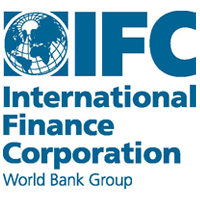Deadline: 31-Dec-2018 at 11:59:59 PM (Eastern Time – Washington D.C.)
To enhance connectivity and attract more public and private investments for
 infrastructure in ASEAN, MPAC 2025 recommended the establishment of a rolling priority pipeline list of potential ASEAN infrastructure projects and sources of funds.
infrastructure in ASEAN, MPAC 2025 recommended the establishment of a rolling priority pipeline list of potential ASEAN infrastructure projects and sources of funds.
The Initial Pipeline consists of 16-20 projects submitted by the ASEAN Member States and selected and prioritized by the World Bank based on a screening and scoring process assessing key project factors such as strategic relevance, impact on regional connectivity, environmental and social impact, project feasibility, and the contracting agency’s implementation capacity.
In the next phase, the World Bank will undertake a financing options analysis of each of the projects in the Initial Pipeline to determine the best procurement option for the project i.e., to determine whether the project should be publicly funded, privately financed or funded/financed through a Public Private Partnership. Where a project already has a robust and recently conducted pre-feasibility or feasibility study, the information and data required to undertake such analysis should already be available. However, for those projects that do not have such a study available, it will be necessary to undertake the relevant studies and review.

 understanding and to increase the capacity of governments to take informed decisions on DRF based on sound financial analysis. The objective of the project will be achieved through four outcomes:
understanding and to increase the capacity of governments to take informed decisions on DRF based on sound financial analysis. The objective of the project will be achieved through four outcomes:
You must be logged in to post a comment.